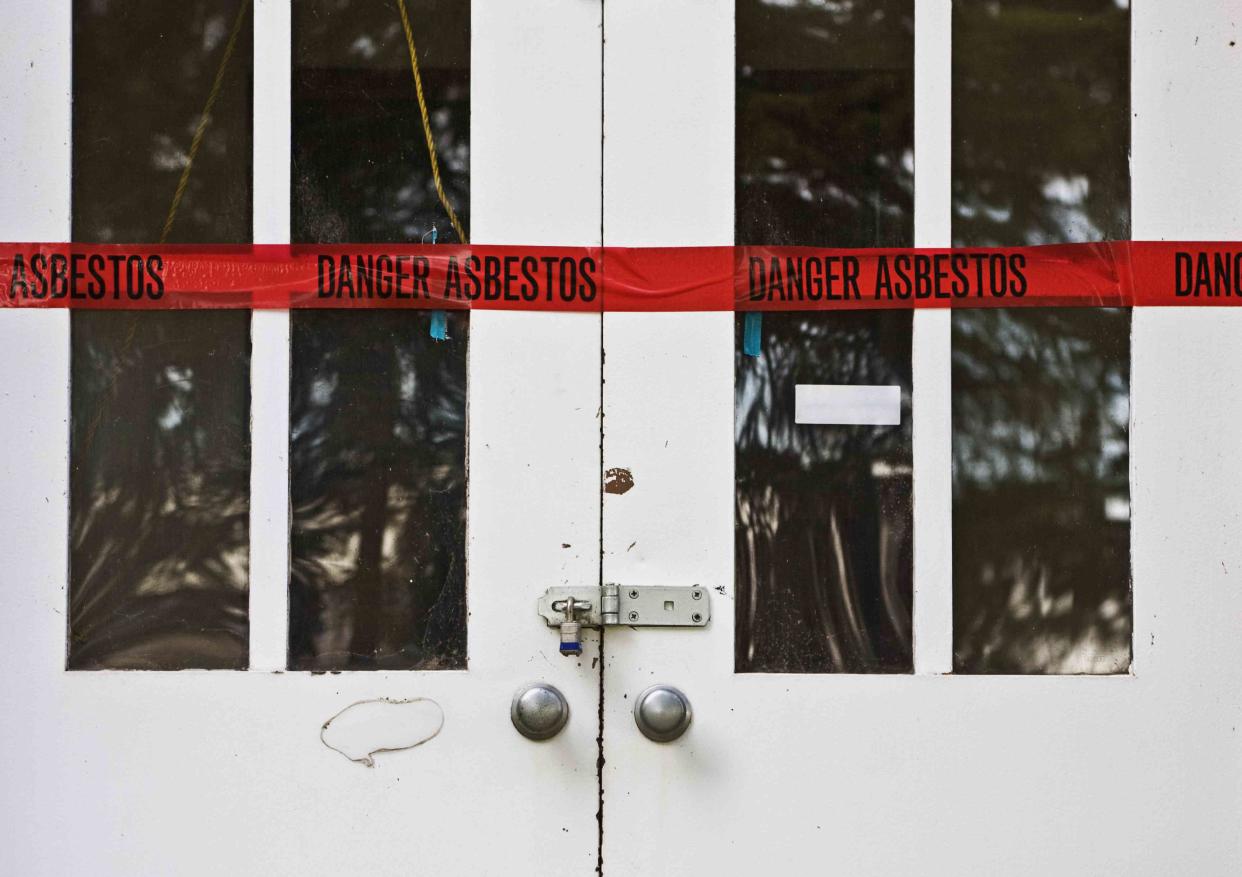The U.S. Is Finally Banning Asbestos for Good

Nathan Griffith / Getty Images
Fact checked by Nick Blackmer
Key Takeaways
The EPA issued a final ban on chrysotile asbestos, the last form of asbestos still used in the United States.
Experts called for a quicker industry transition to safer materials and a total ban on asbestos.
The Environmental Protection Agency (EPA) on Monday fully banned the use of asbestos, a carcinogen that is still used in some chlorine bleach, car parts, and other products.
The agency’s rule applies to chrysotile asbestos, also known as “white asbestos,” the most common type of asbestos in the world. This new rule is the first step taken under the amended Toxic Substances Control Act from 2016, which aims to tighten regulations on chemicals.
Asbestos exposure can cause multiple types of cancers, including mesothelioma and lung cancer. This ban is part of a larger effort that supports President Joe Biden’s Cancer Moonshot initiative, according to a press release by the EPA.
Chrysotile asbestos is already banned in over 50 countries. It’s found in approximately 30 million homes and buildings in the United States.
The ban has stopped the imports of raw chrysotile asbestos, mainly for the automotive, construction, and textiles industries. This also includes the chlor-alkali industry, which uses asbestos diaphragms in the production of sodium hydroxide and chlorine, which are crucial for disinfecting drinking water and wastewater.
The EPA has given these industries time to switch to other materials by setting deadlines.
However, the current ban only covers one of the six recognized asbestos fibers and only applies to six specific uses, said Arthur Frank, MD, PhD, professor of environmental and occupational health at Drexel University.
“The current modest move forward would potentially still allow some products to be used,” Frank told Verywell.
He added that a transition period of 10 years or more is unreasonable, especially considering that some industries have already transitioned and others could do so more quickly.
The Alan Reinstein Ban Asbestos Now Act of 2022 is a much more comprehensive ban that would cover asbestos in totality, he said, although industries have lobbied against strict rules, making it hard for regulations to pass.
The EPA will review more types of asbestos fibers and release a final risk evaluation by the end of the year. However, Frank said that the risk assessment neglects the legacy issues surrounding tens of millions of tons of asbestos fibers still in place.
The risk of asbestos exposure isn't limited to old homes. Automobile mechanics, for example, often developed asbestos–related diseases.
"If consumers buy friction products, they should be sure they are asbestos-free," Frank said. "As for other items, it can be tough to know if asbestos is present since no labels are needed for many such items."
What This Means for You
You could get exposed to asbestos by breathing tiny asbestos fibers in the air. If you live in older homes, try to avoid disturbing materials that might contain asbestos. Using wet cleaning methods and HEPA vacuums could also help.
Read the original article on Verywell Health.

